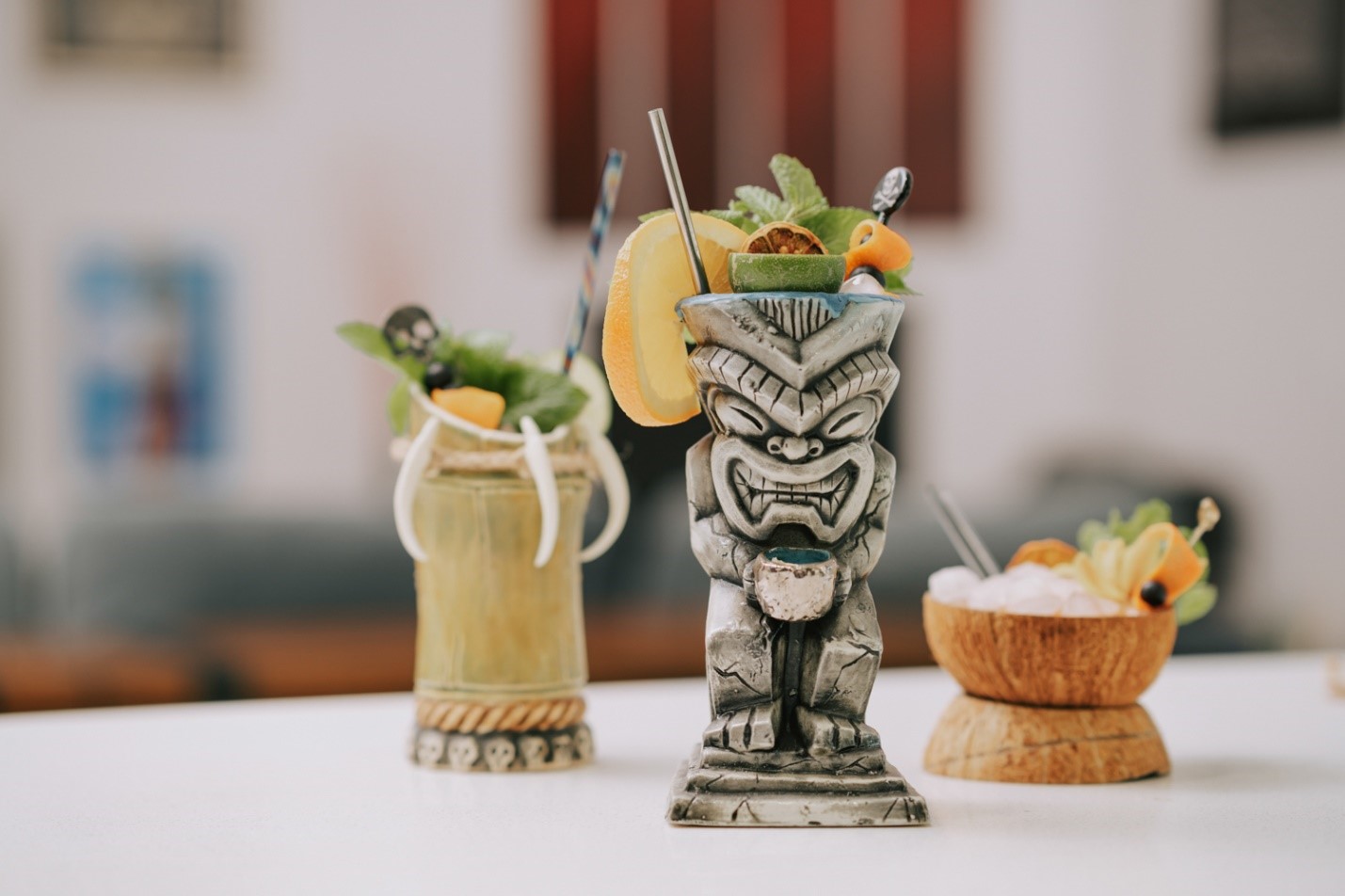
Let’s Talk Tiki
Seaside salt spray, ukulele jams, a cool coconut breeze and splash of rum — who can resist a backflip into the saucy kitsch of Tiki? A deep dive into the culture of Tiki was made with local legend and author Kahuna Kevin of KahunaKevin.com, distiller Rodney Cegelski of Rod & Hammer’s SLO Stills and Aaron Bergh, owner of Calwise Spirits Co. to reveal the surprising relationship between Polynesian cocktail culture and our Central Coast lifestyle.
From swinging decades past to today, Tiki is your ticket to unwind, a cheeky party where Hawaiian shirts and personality-packed mugs swirling with stiff cocktails signify party time. But let’s throw it back to the start.
Winking island flair first arrived in California in 1934 thanks to Ernest Raymond Beaumont Gantt, who founded Don the Beachcomber in Los Angeles. A taste of the Caribbean and South Pacific proved wildly popular and Trader Vic’s opened its doors in Oakland that same year, quickly expanding to more locations, including one in Hawaii before it became a state.
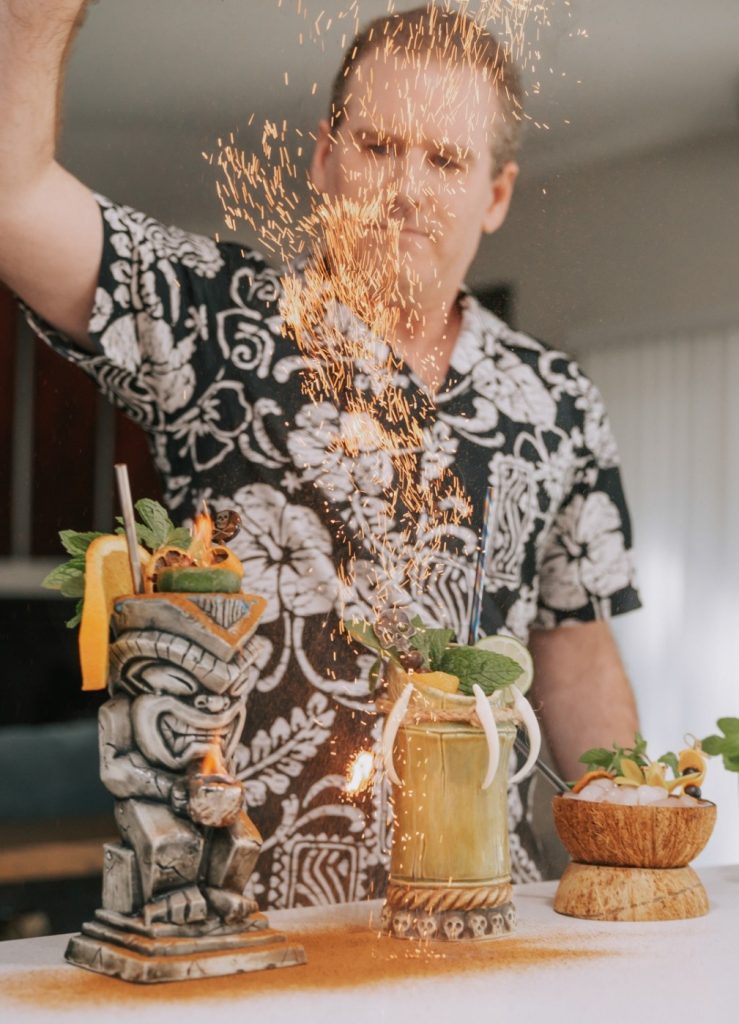
Fast forward to 2020 and Tiki is ubiquitous, attracting those seeking to wave so long to their worries in favor of carefree vacation energy wherever they might live.
According to Kahuna Kevin, “Tiki culture means escaping from the stresses of modern day life and sharing exotic cocktails and good times with friends and strangers.” A true throwback pleasure, “the whole scene really is an underground eclectic mix of fun loving folks from all backgrounds and locations around the world who simply love Tiki’s aesthetics, art, mugs, exotica music, strong cocktails and loud colorful fashion.”
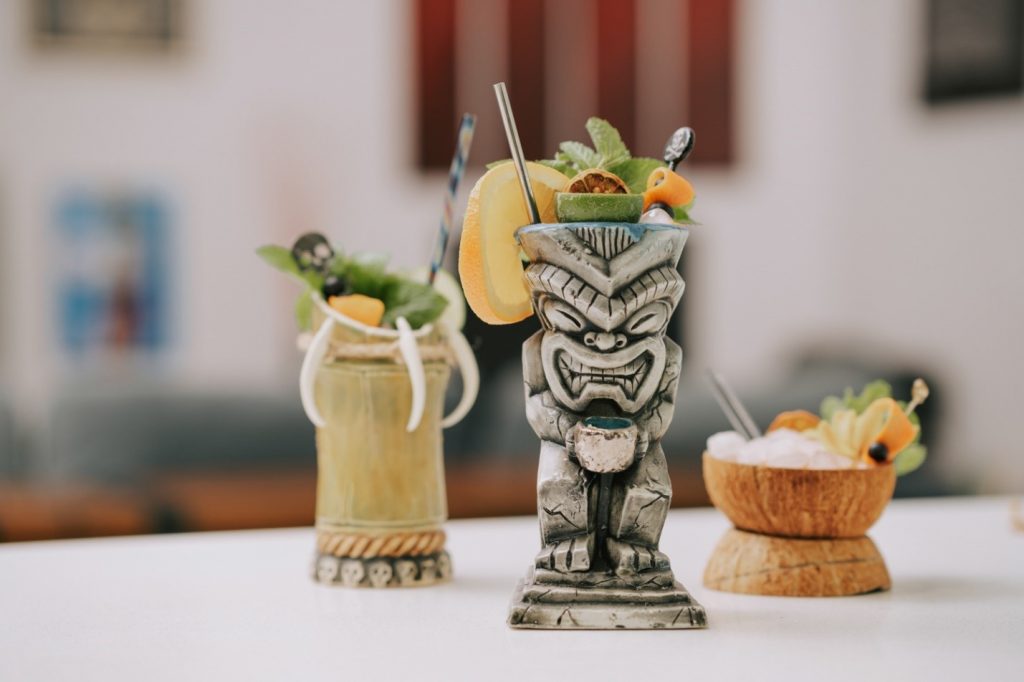
Tiki vibes share a more relaxed approach to life that feels right at home on the California coast. It’s one that Aaron Bergh of Calwise Spirits embraces. “I use my spirits as a vehicle to share the amazing experiences I’ve found here,” Aaron explains, “gin distilled from the native plants of Big Sur that transport you to hike through the rugged forests, rum aged in wine barrels soaking up the flavors of the best wine region in the world and liqueurs distilled from the lush citrus groves dotting the coast.”
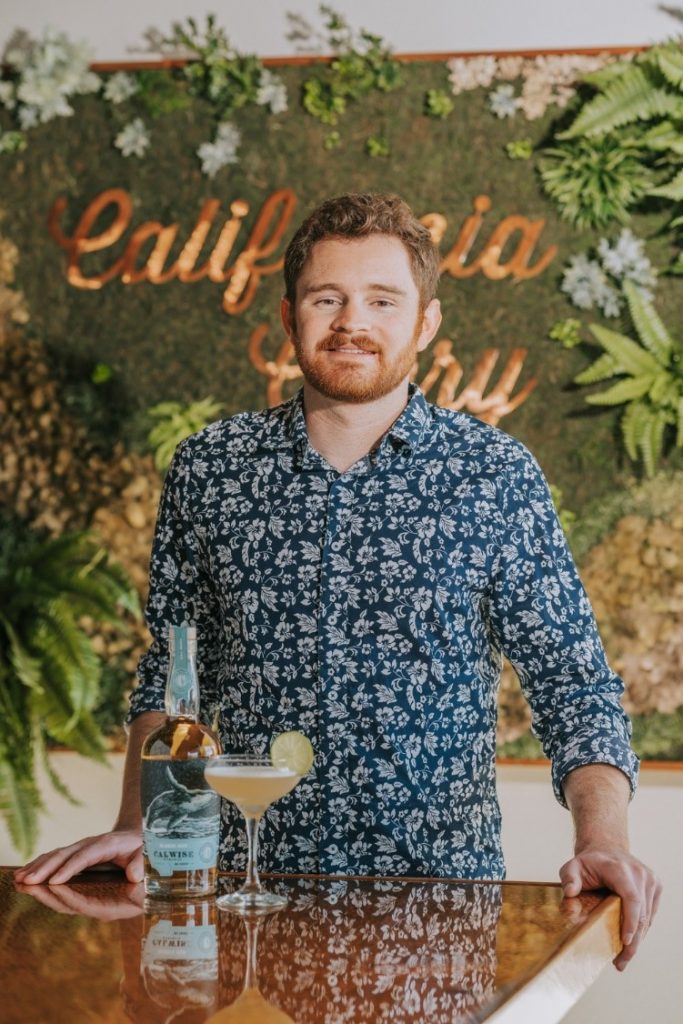
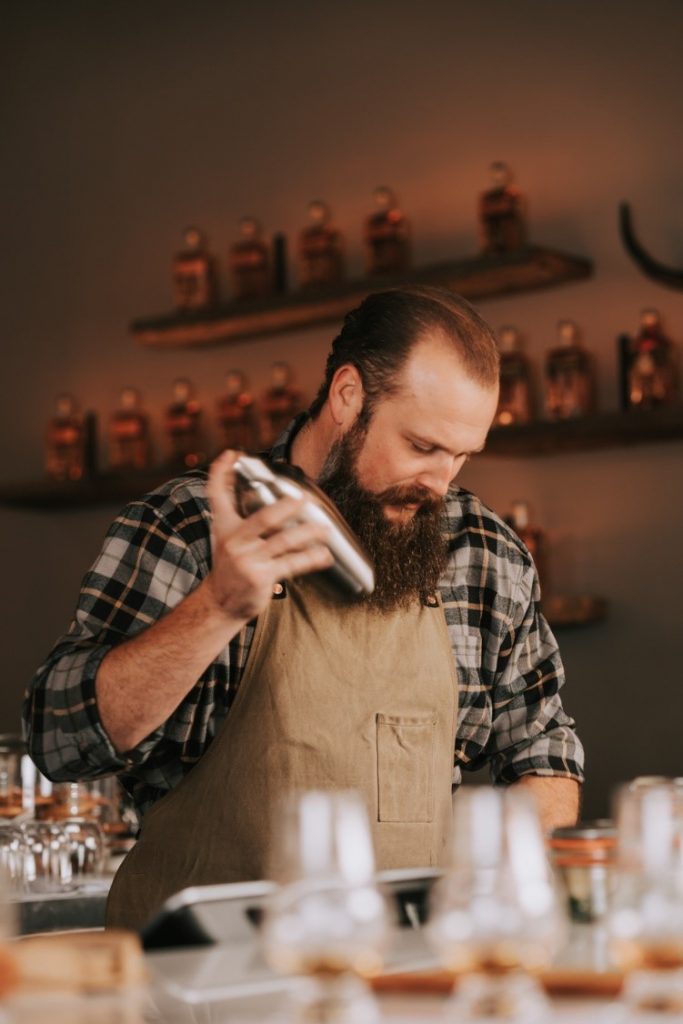
And Rodney Cegelski expands on that. “We’ve been hit with a fire to provide quality, handcrafted spirits. Every aspect of Rod & Hammer’s SLO Stills, from our tasting room’s surfer-meets-cowboy aesthetic to our small-batch spirits, are influenced by a connection to the Central Coast.” It’s true. They even cut their spirits with purified Pacific Ocean water.
From the mai tai to a classic zombie, knock back a couple of these cocktails and you’ll know it. On making Polynesian-influenced drinks, Kahuna Kevin shares, “Real Tiki drinks are crafted to be very strong. They use various blends of rums and other high quality imported spirits and are typically so balanced and nuanced with exotic spices and fresh, handcrafted ingredients.”
So, how can we make Tiki-influenced cocktails with local Central Coast spirits at home?
Aaron recommends, “Cocktails don’t need to be complicated — simplicity is key! Three- to four-ingredient classic cocktails are classics for a reason. They deliver enough complexity to excite taste buds, but their simplicity allows the spirit to shine through. One of my favorite cocktails of all time is a daiquiri. To prepare it the classic way, all you have to do is mix 2 ounces of rum, ½ an ounce of lime, ½ an ounce of simple syrup (or a sugar cube), shake it, and serve. Like the daiquiri, the recipe for the mai tai has been modified beyond recognition. However when it’s prepared the original way as it was invented by Trader Vic, it’s just a modified daiquiri — rum, lime, orgeat (almond) syrup instead of simple syrup and a touch of orange liqueur to add an extra depth of citrusy complexity.”
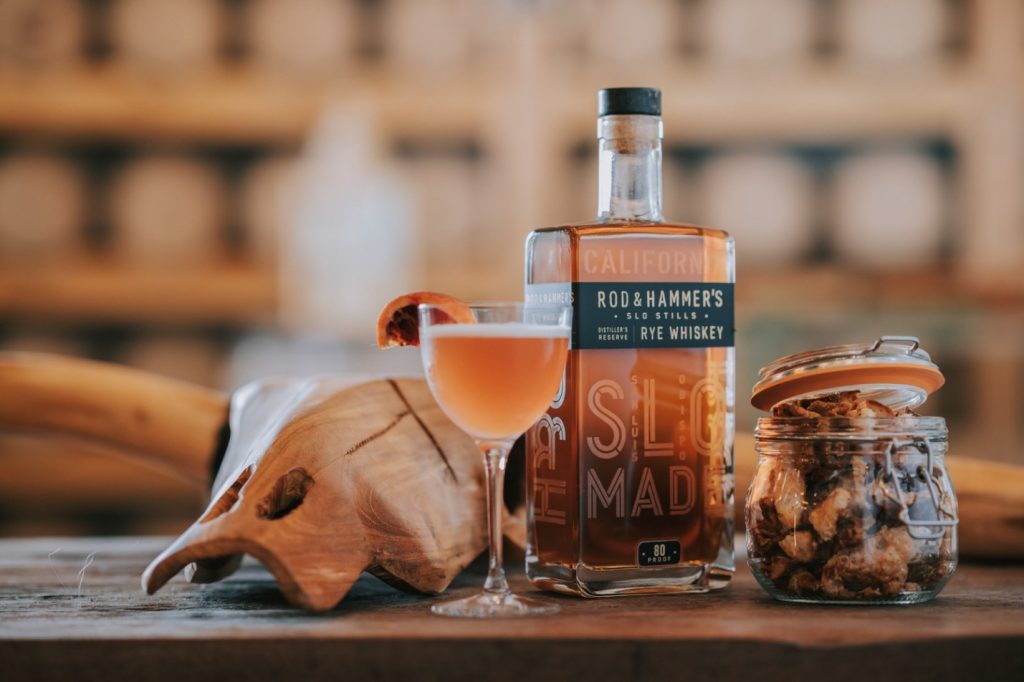
Now what if you’re craving a Tiki treat out on the town? In addition to Calwise Spirits and Rod & Hammer’s SLO Stills, keep Sidecar Cocktail Co. and Eleven Twenty Two Cocktail Lounge & Speakeasy in mind for their select Tiki offerings. Ask for recommendations behind the bar and prepare to be transported to another time and place. When you’re on island time, it’s okay to press pause. If that doesn’t feel truer to the SLO life, what does?

